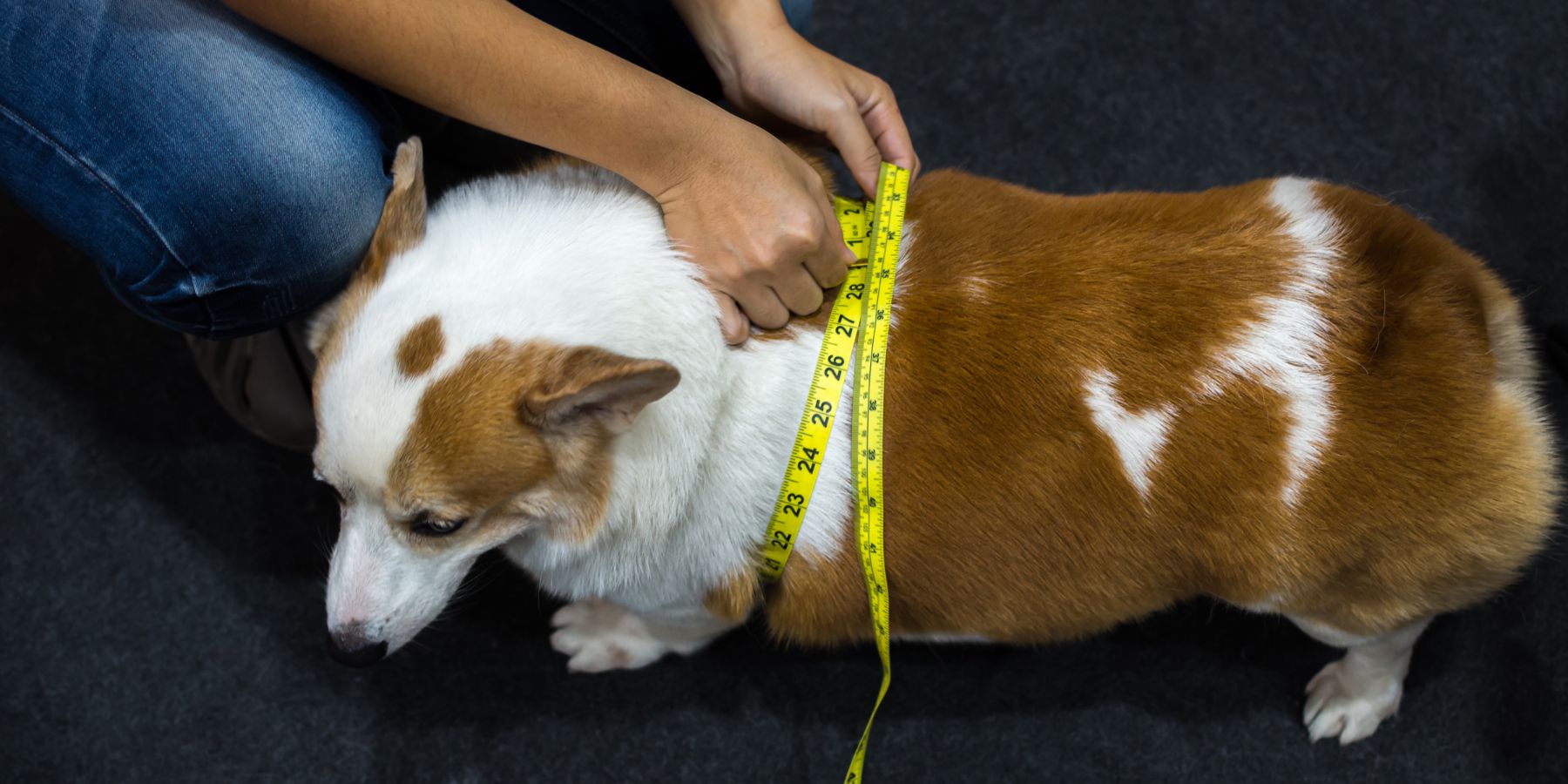As a pet owner, ensuring that your dog is comfortable in their harness, collar, and other wearables is crucial. The key to this comfort is a perfect fit, and believe me, measuring your dog correctly is the first step to finding that perfect fit.
Whether you’re picking out the harness, a new collar, or cozy winter wear, accurate measurements will make all the difference.
Let’s walk through the simple steps to measure your dog correctly.
Step 1: Gather Your Supplies
Before you start, you’ll need a flexible measuring tape. If you don’t have one, a piece of string and a ruler can work as a substitute. Make sure your dog is calm and relaxed – treats can help with this!
Step 2: Measuring for a Harness
When measuring for the harness, the key areas to measure are the neck and the chest.
Neck Measurement
Wrap the measuring tape around the thickest part of your dog’s neck, close to the shoulders. It’s the same area where a collar would sit. Ensure the tape is snug but not tight – you should be able to fit two fingers under the tape comfortably.
Chest Measurement
The chest is the most crucial measurement for the harness. Measure the widest part of your dog’s chest, usually just behind the front legs. Again, the tape should be snug but not tight. This measurement is essential for ensuring that the harness fits comfortably and doesn’t restrict your dog’s movement.
Step 3: Measuring for a Collar
The collar measurement is simpler. Measure around your dog’s neck where the collar would naturally sit. Remember the two-finger rule here as well, as a too-tight collar can be uncomfortable and even dangerous for your dog.
Step 4: Measuring for Clothing
If you’re buying clothing for your dog, you’ll need a few more measurements.
Back Length
Measure from the base of the neck to the base of the tail. This length helps you choose coats or sweaters that fit well along your dog’s back without being too long or short.
Body Girth
This is similar to the chest measurement for the harness but includes measuring around the body. Start at the back of your dog’s rib cage and wrap the tape around the widest part of your dog’s body.
Step 5: Check Sizing Charts
Now that you have your measurements, compare them to the sizing charts of the products you’re considering. Remember, sizes can vary significantly between brands, so rely on your measurements rather than assuming a size based on your dog’s breed or weight.
Step 6: Consider Your Dog’s Breed and Shape
Some breeds have unique body shapes that might affect sizing, especially for clothing. For example, greyhounds have deep chests, and dachshunds have long bodies. Keep these breed-specific traits in mind when choosing sizes.
Step 7: Think About Growth and Weight Changes
If your dog is still growing, or if their weight
fluctuates, consider how this will affect the fit of their harness, collar, or clothing. It might be wise to choose adjustable options that can accommodate some growth or weight change.
Step 8: Allow for Comfort and Movement
Always remember, that comfort is key. Your dog should be able to move freely without any restrictions. The harness or clothing should not chafe or rub. Watch your dog’s body language when they wear these items to ensure they’re comfortable.
Step 9: Recheck Measurements Periodically
Dogs change as they age, just like people. It’s a good idea to re-measure your dog every once in a while, especially if you notice changes in their body shape or size. This way, you can always ensure a perfect fit.
Step 10: When in Doubt, Ask for Help
If you’re ever unsure about measurements or sizes, don’t hesitate to ask for help. Most pet stores have knowledgeable staff who can assist you, and many online stores have detailed guides or customer service representatives who can offer advice.
Conclusion
Measuring your dog for a harness, collar, or clothing doesn’t have to be complicated. With the right tools, a bit of patience, and your dog’s cooperation, you can easily find the perfect fit to keep them comfortable and happy. Remember, a well-fitted harness or collar can make walks and adventures much more enjoyable for both of you.
Have you had experiences measuring your dog for harnesses or other wearables? What tips do you have for fellow dog owners? Share your stories and advice in the comments below. Let’s help each other in our journey to provide the best for our canine companions!
